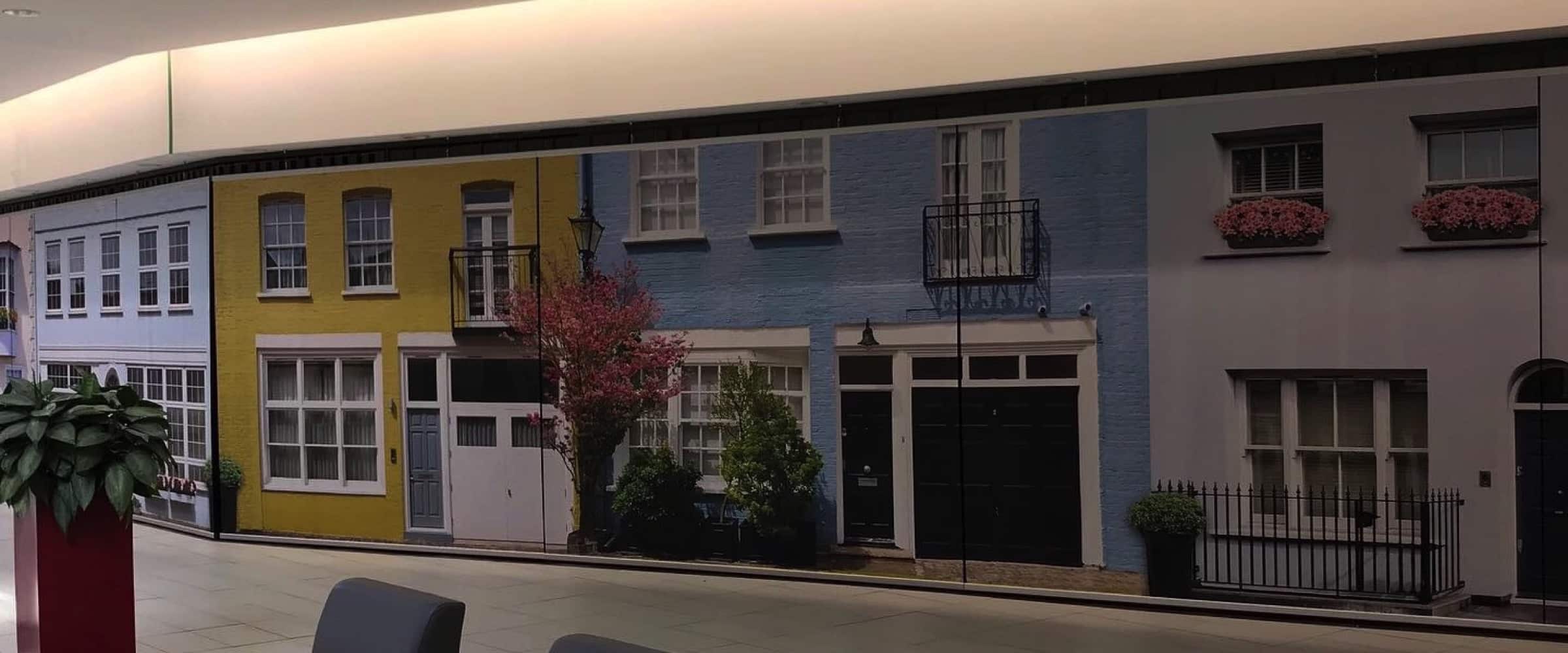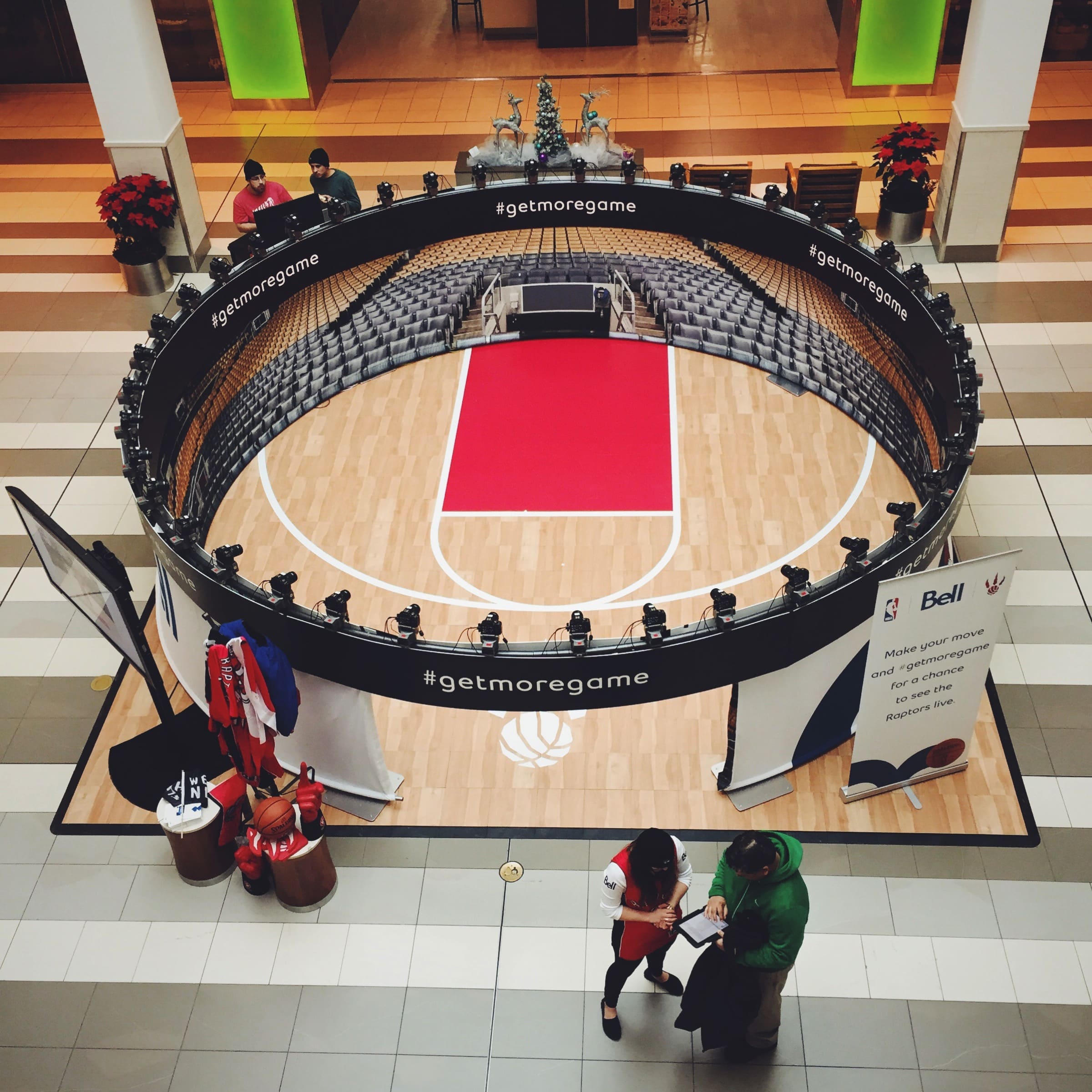Large format display demystified
Everyone is familiar with printing on paper, from magazines, newspapers, textbooks or even novels, for example. Other types of printing apply to promotional items, such as screen printing, flexography or laser engraving.
But what about the large format display? What kind of equipment can print letters eight feet high? What material do we use? Here are some answers to frequently asked questions.
We talk about large format displays when we designate directional signs in buildings or in public places, advertising panels placed along highways, large banners during shows, pennants, tents and flags present at events sports or corporate. The list is still long ! Large format displays are omnipresent in our lives.
There are several types of displays, intended for different needs.
We are also talking about a great diversity in products, materials, styles.

Its origins
First a bit of history. Large format signage has its roots in street painters and sign makers of the early 20th century. At the time, production was artisanal; therefore everything was done by hand. These artists and artisans were masters in the art of reproducing very large images by painting directly on the walls of buildings, the sides of cars, wooden or metal signs, or fabric banners.
Visually representing the subjects demanded by their customers, often car dealers, tobacco producers or, more recently, event and festival organizers, they were the pioneers of modern signage today.
They could spend days, even weeks, painting a large visual on a wall of a multi-story building, in the heart of downtown Montreal, while today, large format display installation specialists are installing the complete picture in less than a day. Quite impressive, we have to admit.
The materials used
There are a variety of materials used in large format displays. In fact, technically any material could be used, as long as it withstands the conditions of its environment and allows adhesion of the inks used for such productions. This applies to direct printing on rigid product, on banner or even on fabric.
At M&M Graphic, we only print in sublimation on fabric. We offer a variety of fabrics that we keep in stock, more than twenty. Over time and through experimentation, we have attached each different fabric to a specific use. The sublimation printing technique being a challenge in itself, we decided to devote ourselves entirely to it, in order to become the most important expert in the field in Canada.

First, the images are printed on heat-resistant transfer paper as an inverted image of the final design. Once printed, the images are transferred at a high temperature (between 180 and 210 °C) onto the final media. Accompanied by strong pressure, the pigments in sublimation inks turn into gas and permeate the support to solidify within the material. This printing process guarantees image quality and high resistance.
We develop our ability to innovate by constantly making new products, but always from printed fabric. It is by focusing on this printing technique that the company has become a master in the art of printing on fabric, both for its quality of precision and for the finish of the products.
For special projects, anything is possible! There is no special rule for fabrics. They must first correspond to your needs and the context of use specific to your project. Our advisers are there to guide you in this wonderful world of sublimation.
Do not wait any longer to call us.